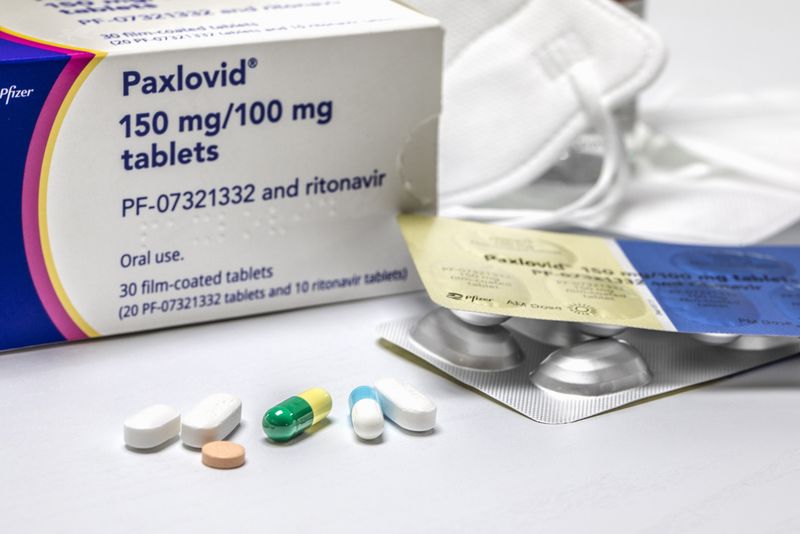Americans, we have good and bad news. The good news? A new report from the Commonwealth Fund has concluded that your healthcare system is, and we quote, “in a class by itself” among wealthy nations. The bad news? It’s… not exactly the AP class they’re talking about.
“The U.S. is failing one of its principal obligations as a nation: to protect the health and welfare of its people,” said Dr Joseph R. Betancourt, president of the Commonwealth Fund, in a statement. “Too many Americans are living shorter, sicker lives because of this failure.”
Out of ten wealthy nations – the other nine being Australia, Canada, France, Germany, the Netherlands, New Zealand, Sweden, Switzerland, and the UK – the US came last or second-last in all but one of five performance measures. The overall result: Americans are living the shortest, sickest lives and experiencing the most avoidable deaths at the youngest ages of all nations included in the survey.
“Other nations have successfully met their populations’ health needs,” said Reginald D. Williams II, Vice President of International Health Policy and Practice Innovations with The Commonwealth Fund. But "the U.S. health system continues to lag significantly.”
Naturally, there’s one big difference between the US and all other countries in the report: the lack of universal coverage. This is specifically noted in the report as the cause for one of the country’s major failings: the US came dead last in the category of “access to care”, with 26 million Americans completely uninsured – a number the report notes is “historically low” – and one in four unable to afford care when they need it.
That’s not exactly news – it’s well documented that Americans are far more likely than the citizens of other wealthy nations to skip medical care due to cost. Another Commonwealth Report from 2023 found that nearly half of American adults had trouble paying a medical bill within the previous year alone, with the prices of lifesaving medications such as insulin often becoming a rallying point for pro-health and patient advocates.
To use the report’s own words: “None of the other countries in our analysis places its covered residents in such financial jeopardy.”
While it’s a problem faced by Americans of all incomes, though, the new report makes it clear that it’s much worse for poorer individuals. The US comes second-last in terms of health equity, with many lower-income people reporting that medical care is unaffordable for them. Even when they can access care, it’s usually irregular and often comes with a side dose of unfair treatment or discrimination due to their race or ethnicity.
The real kicker with all these problems? It doesn’t even make the process any easier or cheaper. In fact, it does the precise opposite: patients and providers both are bombarded with a labyrinthine mix of administrative and bureaucratic payment, insurance, and appeals processes – and they pay more than any other country surveyed for the privilege.
“The United States is not just an outlier on health system performance; it’s an outlier on health care spending as well,” the report points out. “The U.S. has far outpaced other nations, spending more than 16 percent of its GDP on health care in 2022. That figure is predicted to exceed 20 percent by 2035.”
In comparison, the other countries surveyed all spend less than 12 percent of their GDP on healthcare. In fact, the two countries with the best overall outcomes in the report – Australia and the Netherlands – spent the least as a percentage of GDP on healthcare.
It’s not surprising, then, that the Commonwealth Fund recommends all but an entire overhaul of the US system. “The status quo – continually spending the most and getting the least for our health care dollars – is not sustainable,” Betancourt said. “It isn't about lack of resources – it’s clearly about how they are being spent.”
Researchers therefore suggest that the US should enact policies aimed at extending healthcare coverage so that nobody is uninsured, and ensuring that a minimum level of care is available regardless of income. Existing systems should be improved, by increasing compensation and training for primary care providers as well as addressing the “uncontrolled consolidation of health care resources in local markets” – a problem that the report notes as driving up insurance prices.
Finally, the report recommends addressing some of the uniquely American societal problems that result in poorer health outcomes – the poverty, homelessness, substance abuse problems, and of course, gun violence.
“There’s no reason we can’t elevate our standing if we choose to do so,” Williams said.
“This report shows that by adopting proven strategies and making smart investments, America can enhance its health system to better meet the needs of its people.”
The report, Mirror, Mirror 2024: A Portrait of the Failing U.S. Health System, is published by the Commonwealth Fund.





